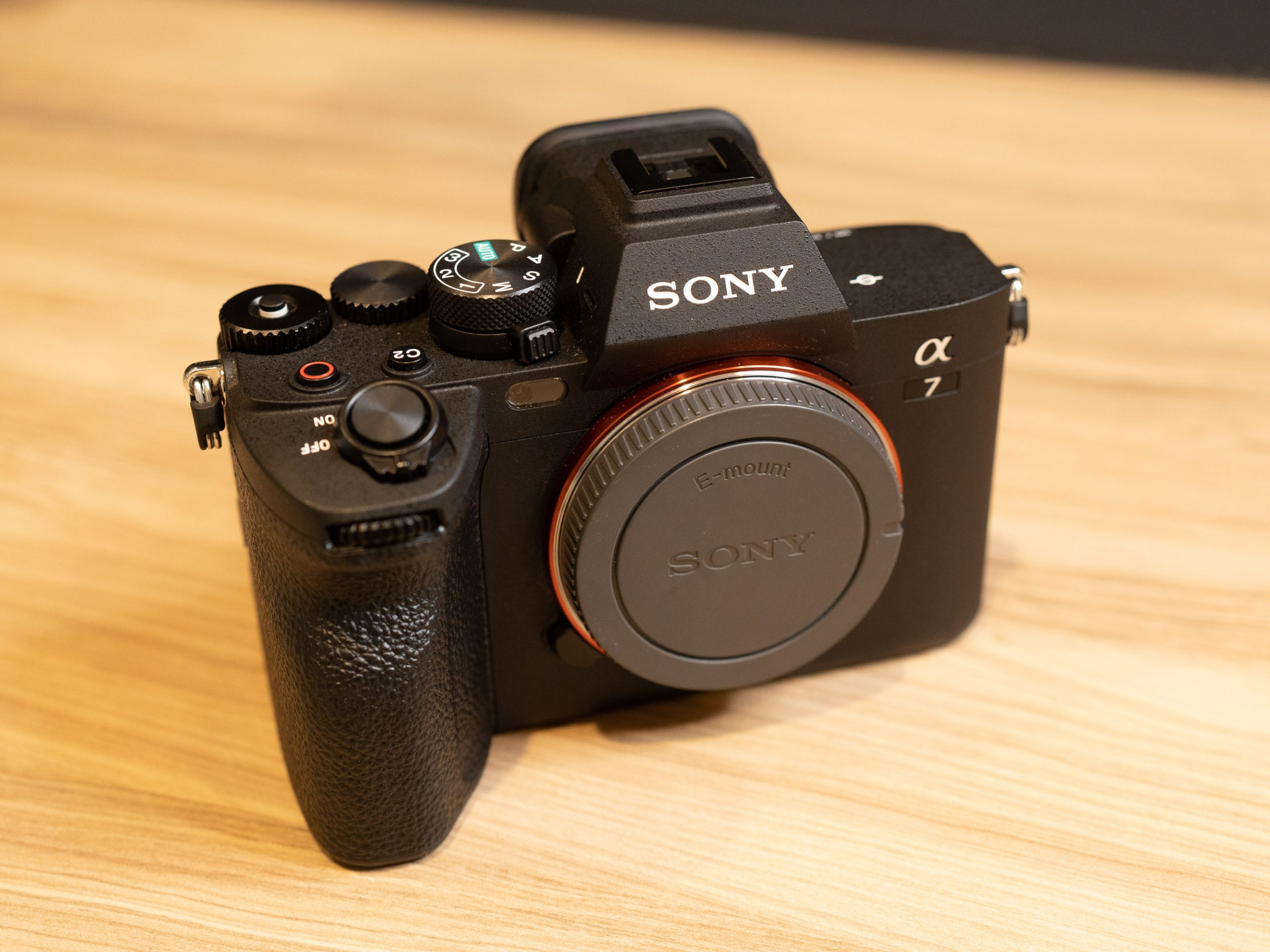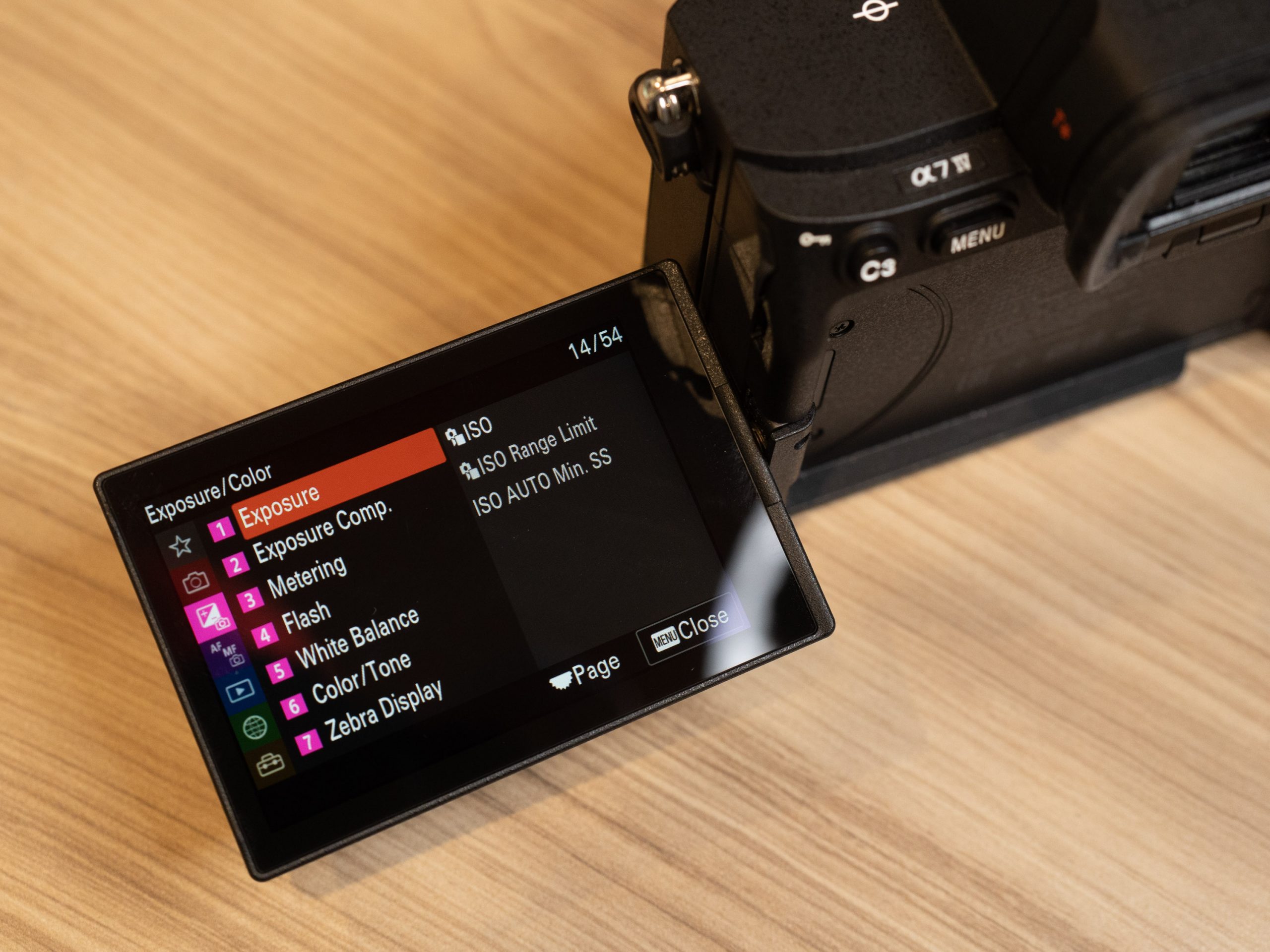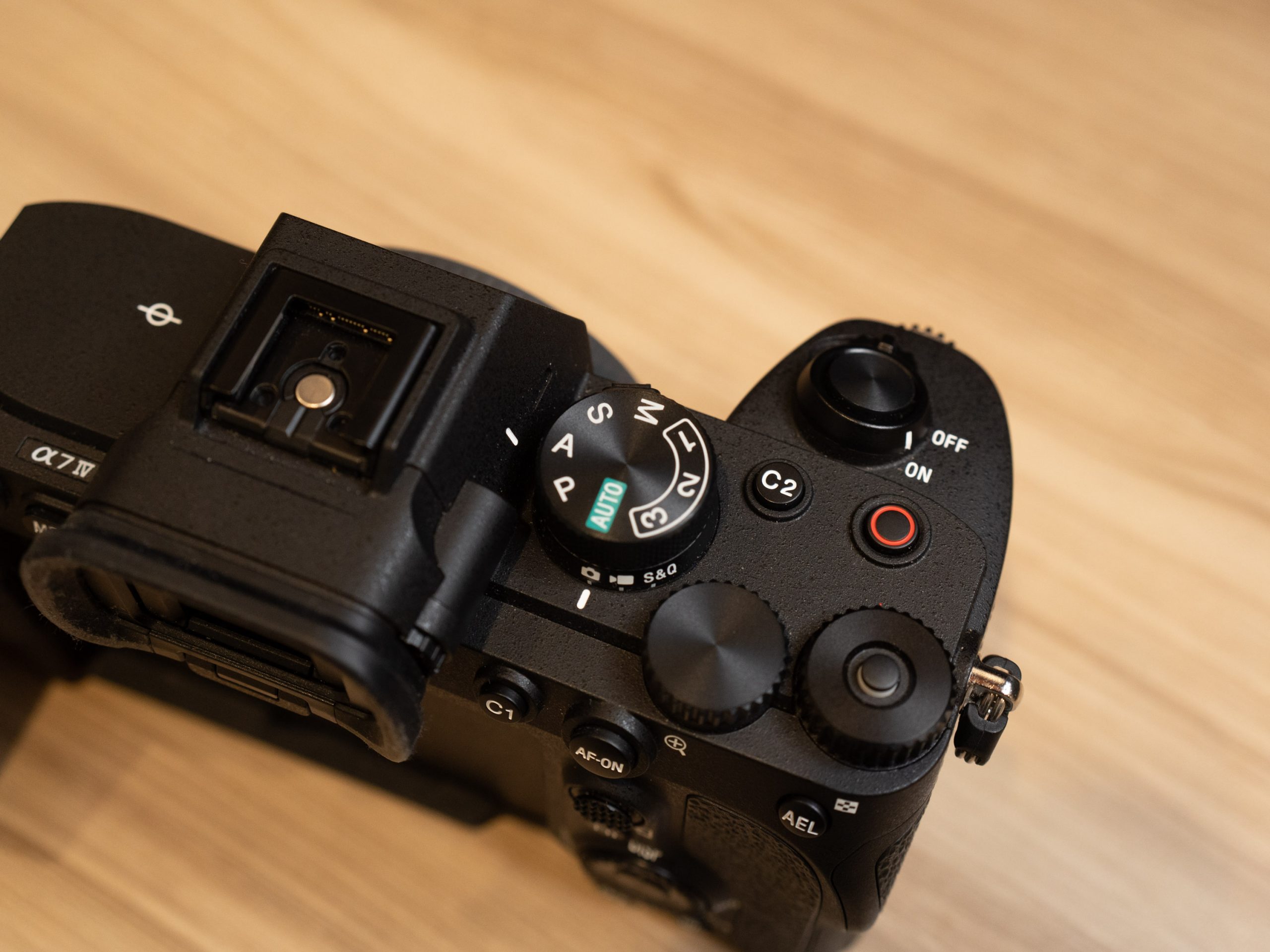
The Sony A7 IV (coming soon) is the most highly anticipated camera release in quite some time, and today I’m going to give you my thoughts on a camera that may well redefine the entire mirrorless camera space.
I’ve been shooting with the Sony A7 III for quite some time now so I’m very familiar with the pros and cons of the camera. It is an excellent camera and one that a thousand Best Buy customers have given a nearly perfect 5 star review. I personally decided to switch from Canon to Sony because the A7 III is such a good hybrid camera which can shoot great stills and video. In the time that I’ve owned the camera I’ve found myself focusing more on video than stills, and indeed some of the most interesting upgrades to the A7 IV are on the video side.
Sony A7 IV key specs
Before we go any further, let’s take a look at the key specs of the A7 IV. It comes with a 33MP full-frame Exmor R™ back-illuminated CMOS sensor, shoots stills at up to 10fps, and has a maximum ISO of 204800. The BIONZ XR™ image processing engine is 8 times more powerful than that on the A7 III, and the camera can capture up to 15 stops of dynamic range. It can shoot 4K video at 60fps with 10-bit color depth and 4:2:2 color sampling. This is a big and noteworthy upgrade from the A7 III and one that makes the A7 IV a realistic option for indie filmmakers.
Key features of the Sony A7 IV
One of the stand out features for me is the addition of Sony’s latest menu system, which I first got to try out when I reviewed the Sony A7S III back in 2020. This is a major improvement over the A7 III which has a menu that is, well, not the best i’ve ever used (to put it politely). In fact, the A7 IV has borrowed heavily from the A7S III in terms of design and ergonomics, so we now have the fully articulated LCD screen which rotates all the way to the forward-facing position. We also get a larger handgrip plus the dedicated record button on top of the camera. I do wish, however, that the record button wasn’t identical to the C2 customizable button that is right next to it because I did find that I confused the two from time to time. It would be awesome if the record button had a little bit of texture to it that you could easily identify with your finger. Another new design feature is the mode selection dial that allows you to switch between movie and stills mode. I did find this a little bit finicky however because it’s a dial under another dial. I did accidentally switch to stills mode in the middle of a video shoot at one point which caused me quite a bit of stress because the menu options actually change when you change modes and I couldn’t find the video options I was looking for. On the plus side, however, you can now operate the menu via the touchscreen which is a massive improvement.

Shooting a short film with the A7 IV
I decided to put the A7 IV to the test by shooting a short film with my friend Adrien Pages who is a passionate mountain biker. I wanted to work on my stabilizer skills so I decided to shoot at 24fps. (In my opinion it’s too easy to compensate for poor shooting technique by shooting at high frame rates and creating slo-mos in the edit). I shot everything at 4k and in log mode, which gives the most leeway to colour the footage creatively in post. Color is a really difficult topic to discuss constructively because assessing footage is such a subjective thing. That said I was very, very happy with the footage I was able to get from the A7 IV. When it came to editing and colour grading my short film, I found that I had tonnes of leeway to adjust the exposure and the colours. One of my weaknesses when I shoot video is white balancing. Ideally, we should set our white balance specifically for every scene, but generally I just eyeball it or leave it on the daylight setting. The problem with doing this is that you can kind of paint yourself into a corner if your white balance is way off. Shooting log video with the A7 IV however I had no problem colour matching the footage even when the scenes looked quite different at first.

New autofocus mode
One of the key areas of interest for many shooters is autofocus, and the A7 IV has some major upgrades here. I spoke to one wildlife shooter who was very excited about the fact that the A7 IV has an eye autofocus option for birds, which means it can keep bird’e eye in focus whether it’s perched or in flight. Sony has also included a brand new focus mode called Focus Mapping which adds an overlay on the LCD which looks almost like a heat map [anyone remember the movie Predator??]. The overlay shows you which areas are in focus and which areas are out of focus, a little bit like focus peaking, but the color coding also lets you know if you need to push or pull your focus in order to get a sharp image. This feature only works in video mode and while I can definitely see an application for it, like planned shots on tripods, I found it a little too distracting for my ‘freestyle’ shooting. However, I have to say that overall, I found the autofocus and tracking on the A7 IV very good and highly conducive to creating cinematic shots.
Conclusion on the Sony A7 IV
Given my knowledge of the A7 III and the list of upgrades that I knew was coming with the A7 IV (coming soon), I was very excited to get my hands on it, and sure enough it delivered in spades—and then some. There are so many great features on this camera, way too many to do justice to in a short article like this. In fact, it would take quite a number of hours of shooting to get to grips with all the various modes and options, and figure out how to get the most out of the A7 IV, depending on your personal shooting style and preferences. Bottom line, this is a spectacular camera and a worthy successor to the A7 III.
Be sure to check out my short film below!



